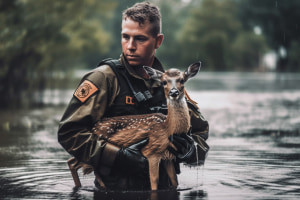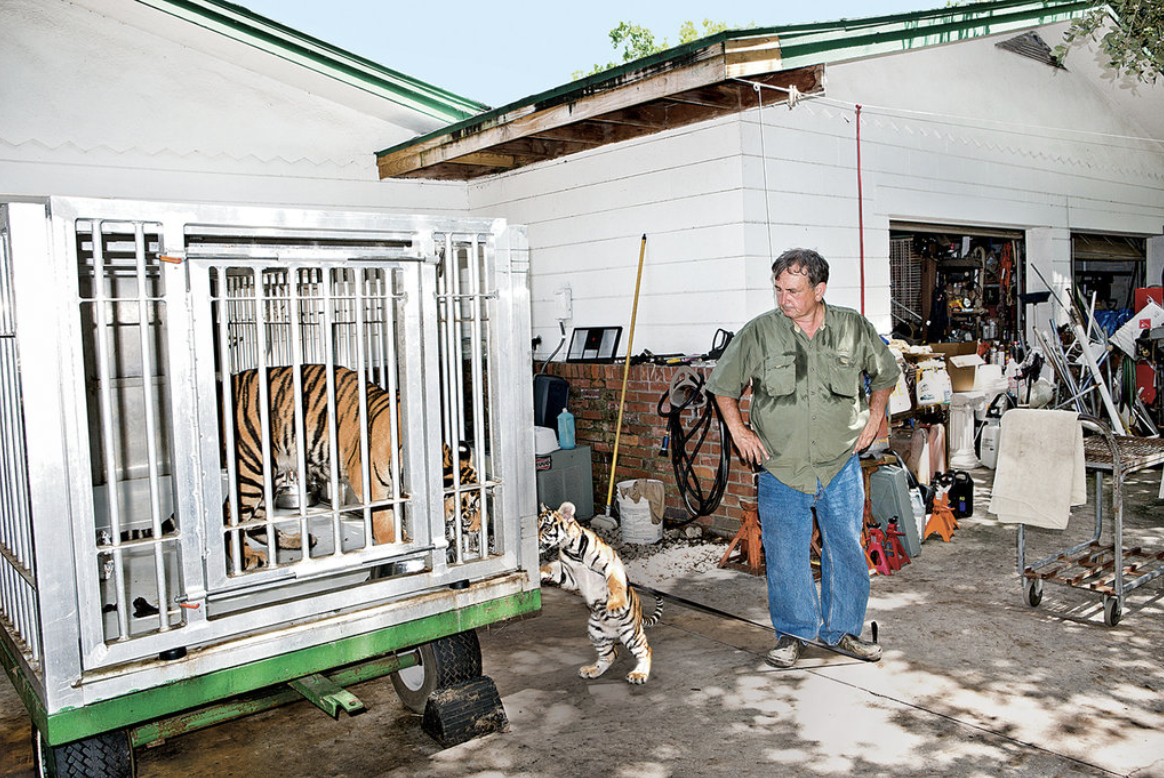Specialist Insights on Burlington Animal Control for Animal Owners
Specialist Insights on Burlington Animal Control for Animal Owners
Blog Article
Efficient Wild Animals Removal Methods for a Peaceful Home Setting
In the pursuit of keeping a calm living area, house owners frequently face the obstacle of wild animals invasions, which can disrupt the peace of their setting. Executing efficient wildlife elimination strategies calls for a nuanced understanding of both gentle exclusion strategies and preventative steps. By resolving entry points and decreasing attractants, one can significantly reduce the chance of unwelcome guests. The intricacy of these techniques typically necessitates a better assessment of particular methods and the potential requirement for expert intervention. What are the vital parts of these techniques, and when should one consider looking for expert help?
Identifying Common Wildlife Intruders
Determining usual wild animals burglars is an essential initial step in reliable wildlife administration. Recognizing the certain types that often infiltrate industrial and property rooms allows homeowner and wild animals specialists to apply targeted strategies for mitigating potential damages and health and wellness dangers. Typical intruders commonly include raccoons, squirrels, bats, and numerous varieties of birds and rodents, each bringing one-of-a-kind challenges.
Raccoons, for example, are known for their dexterity and can create significant architectural damages while looking for food or shelter. Squirrels, with their tendency for gnawing, can harm electrical circuitry, presenting fire risks. Bats, while valuable for regulating insect populations, can become a hassle when they roost in attic rooms, possibly spreading conditions such as histoplasmosis. Birds, consisting of sparrows and pigeons, often develop unsanitary conditions with their droppings, leading to structural destruction and health and wellness issues. Rats, such as rats and computer mice, are notorious for their rapid recreation and capacity to infiltrate tiny openings, posturing severe health threats because of their capability to spread diseases.
Humane Exemption Methods
Understanding the typical wild animals trespassers is the foundation whereupon efficient exclusion techniques are built. Identifying varieties such as raccoons, squirrels, and birds helps in creating gentle exclusion strategies tailored to certain actions and entry methods. Exclusion is a preventative approach targeted at rejecting wildlife accessibility to homes and residential properties, thus reducing the demand for more intrusive steps.
The foundation of gentle exemption entails securing possible entry points. Additionally, guaranteeing that windows and doors are protected, and that screens are undamaged, can further discourage entrance.
An additional key method is the usage of auditory and aesthetic deterrents. Setting up motion-activated lights or ultrasonic gadgets can prevent nocturnal wild animals. Changing the environment by managing food resources, such as safeguarding trash can and getting rid of bird feeders, also plays an essential duty. These exclusion techniques not only safeguard the home setting however additionally appreciate the wild animals, permitting them to grow in their all-natural habitats without damage.
Safe Trapping Techniques
When exemption methods are insufficient, safe capturing techniques come to be a needed option in wild animals management. Capturing, when implemented correctly, uses a humane and efficient means of resolving a prompt wildlife issue while ensuring minimal anxiety and injury to the pet. This approach calls for an understanding of both the habits of the target varieties and the ethical considerations associated with wild animals handling.
The initial step in safe trapping involves selecting the proper trap type. Live catches, such as cage catches, are normally suggested as they permit the capture and launch of the pet elsewhere. These catches should be inspected often to protect against excessive tension or injury to the recorded wild animals. It is critical to adhere to regional laws concerning capturing and relocation to ensure conformity with lawful standards and wild animals preservation principles. burlington animal control.
Additionally, bait selection and placement are important elements in ensuring successful trapping. Lure needs to be picked based on the nutritional preferences of the target types and strategically placed to draw the pet right into the trap. When trapped, the animal ought to be handled with care, making use of safety equipment if required, to assist in secure transportation and launch, thus maintaining a balanced ecosystem and a peaceful home environment.
Precautionary Home Alterations
While safe capturing techniques deal with immediate wild animals problems, long-lasting options commonly involve preventative home alterations to discourage pets from getting in human spaces. Carrying out these alterations not only improves the security and convenience of your living environment however also decreases the likelihood of future wild animals invasions.
A critical element of preventative methods is securing prospective entry factors. This involves checking and fixing any spaces or cracks in the structure, walls, and roof covering, as these can end up being accessibility paths for wildlife.
Landscape design adjustments can also offer as reliable deterrents. Cutting tree branches that overhang the roofing system and removing debris piles can eliminate paths and habitats that bring in wild animals. Maintaining a tidy lawn by protecting garbage click this can and garden compost piles dissuades scavengers such as opossums and raccoons.

## When to Call Experts
Specialist treatment becomes important in scenarios where wild animals issues exceed the scope of do it yourself options. Homeowners may experience situations where the intricacy or risk of the wildlife issue demands specialist experience. For example, taking care of aggressive pets such as snakes, raccoons, or bats why not try this out frequently calls for customized abilities and equipment to make sure security and performance. Attempting to manage these creatures without correct expertise can lead to injury or aggravate the concern.
Moreover, infestations including safeguarded or threatened types require a nuanced strategy to abide by lawful guidelines. Professionals are furnished with the essential licenses and understand the legal structures governing the handling of such species. This ensures that removal is carried out ethically and within legal limits.

Lastly, when wildlife presents a relentless issue despite repeated DIY initiatives, expert solutions can my site offer thorough inspection and long-term services customized to avoid reappearance - wildlife rescue burlington. Their know-how not just settles the instant concern however also safeguards the home setting in the future
Verdict
Carrying out reliable wild animals elimination techniques is essential for maintaining a tranquil home environment. Together, these strategies develop a harmonious living room cost-free from wild animals disruptions.

These exemption methods not just secure the home atmosphere yet additionally appreciate the wildlife, allowing them to grow in their natural habitats without injury.
Applying efficient wild animals removal approaches is vital for preserving a relaxed home environment.
Report this page